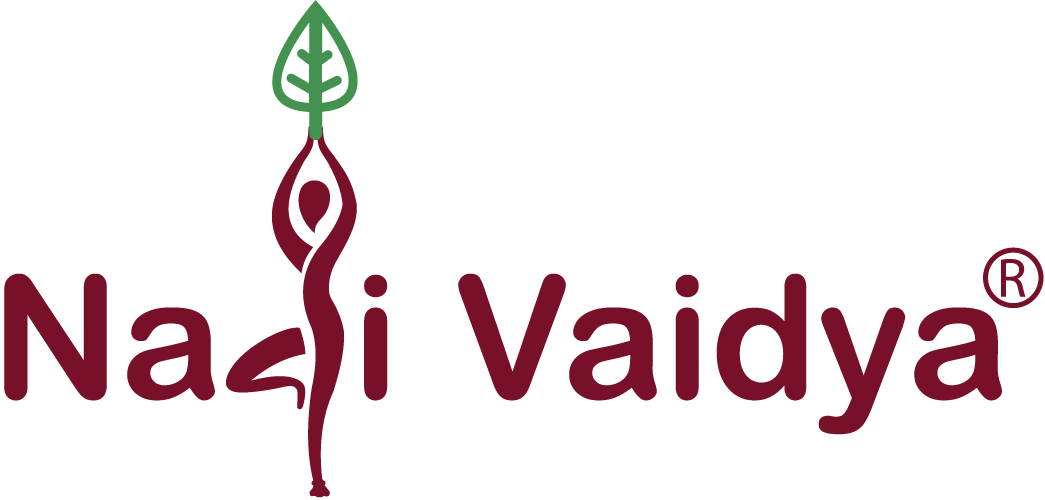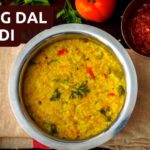This article aims at offering a general outline for an Indian vegetarian diet plan suited for someone with CKD
(Chronic Kidney Disease)
It includes a list of grains, vegetables, dairy and fruits that are typically lower in potassium, phosphorous, and soduim. Managing these nutrients is crucial for CKD patients to help control blood pressure, reduce kidney workload and prevent complicstions.
Dietary management helps in slow progression of kidney damage in these patients.
However, the dietary needs and suitability varies significantly depending on the stage of CKD patient and other individual health factors.
It is always important to consult with a doctor or dietitian for personalised advice.
General Guidelines –
* Protein – Limited intake so as to reduce the kidney’s workload.
* Phosphorous – Limited intake as its higher dose can cause bone & heart issues.
* Potassium – Limited dose permitted as higher levels can affect heart rhythm.
Sodium – Reduce sodium intake to control blood pressure.
Vegetables – (Allowed)
•Cabbage
* Cauliflower
* Capsicum
* Radish
* Onion
* Bottle Gourd
* Ridge Gourd
* Cucumber
* Brinjal
* Lettuce
Spices & Herbs – (allowed)
* Turmeric
* Cumin
* Coriander
* Fenugreek
* Mustard seeds
* Ginger
* Garlic (in moderation)
Fruits – (allowed)
* Apples
* Pears
* Grapes
* Papaya
* Berries (Strawberries, Raspberries, etc)
* Guava (in moderations) • Cherries
Grains –
* White Rice – Lower in potassuim and phosphorous as compared to brown rice.
Thus, it is more suitable option for CKD patients.
* While wheat is higher in fiber but it also contains more phosphorus and potassium than refined wheat products.
* Oats may be included in small portions as they contain moderate amount of phosphorus and potassium.
* So, while whole grains are generally healthier due to their fiber content, CKD patient may need to choose refined grains to control potassium and phosphorus intake.
Some Points to Note –
* Even low potassium foods if eaten in large amounts can cause overall potassium overload.
* It’s important to include variety in your diet to maintain balance without exacerbating CKD.
* Boiling vegetables can help reduce their potassium content.
* It is advisable to aviod salt or high soduim sauces.
* Take proteins in moderation to reduce kidney workload.
* Excess of potassium can cause heart problems.
* Phosphorous is found in dairy, products, nuts, seeds, whole grains and affects cardiovascular health and bone health.
* Reduce soduim intake to less than 2300 mg/day to manage blood pressure and reduce fluid retention.
* Monitor fluid intake to prevent fluid overload.
* Smoking can worsen kidney health and accelerate CKD progression.
* Yoga Asanas for CKD –
~ Vrikshasana (Tree Pose)
~ Setu Bandhasana (Bridge Pose)
~ Bhujangasana (Cobra Pose)
~ Viparit Karani (Legs up the wall Pose)
* Do Nadi Shodhana Pranayama, Bhramari Pranayama as it reduces stress, anxiety, improves cardiovascular and nervous system.
Regular lab tests are essential to monitor the levels of potassium, phosphorus, and other vital nutrients in the blood.
Always consult with a healthcare provider or dietitian to customise your diet plan according to your specific needs.



